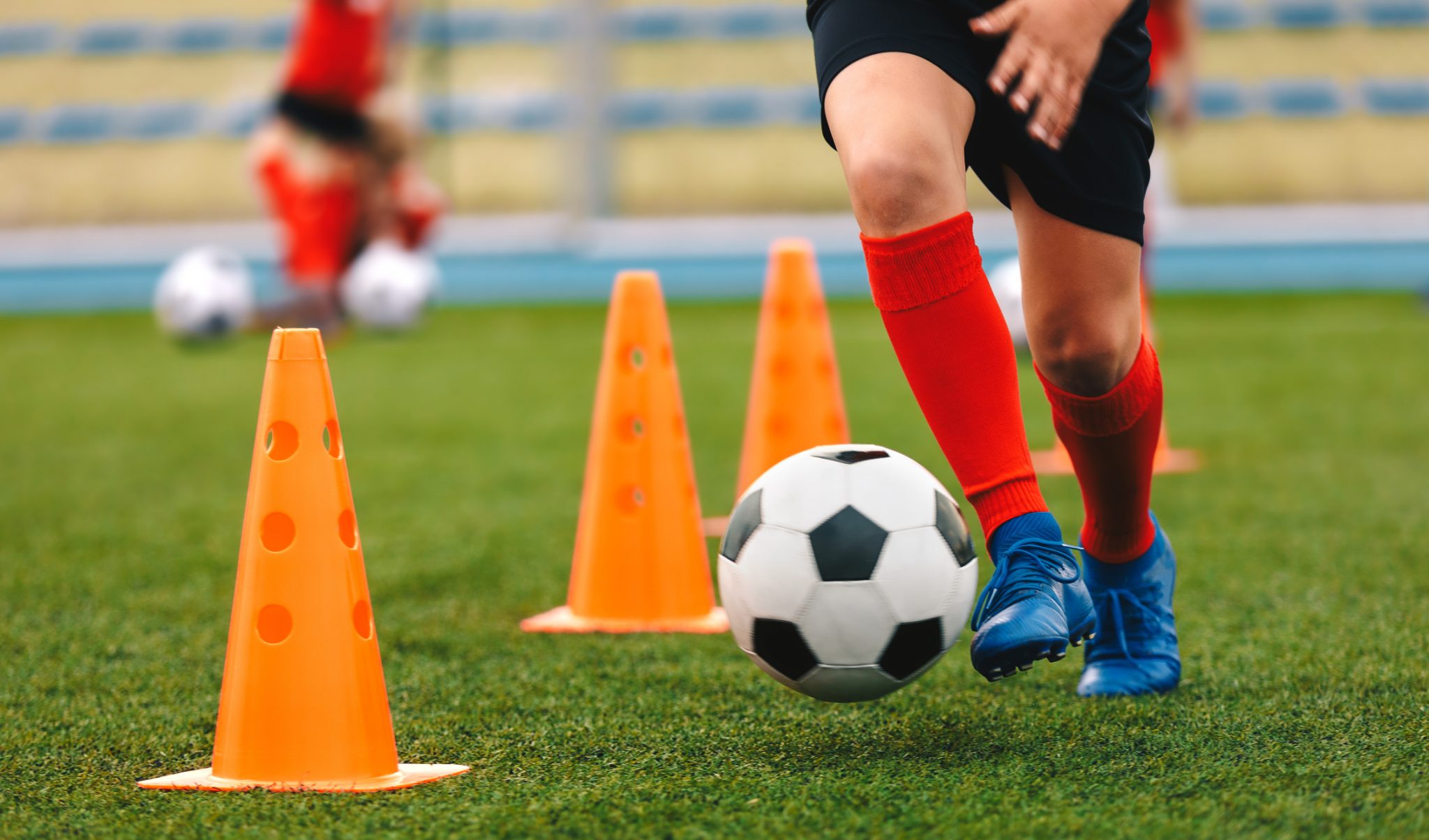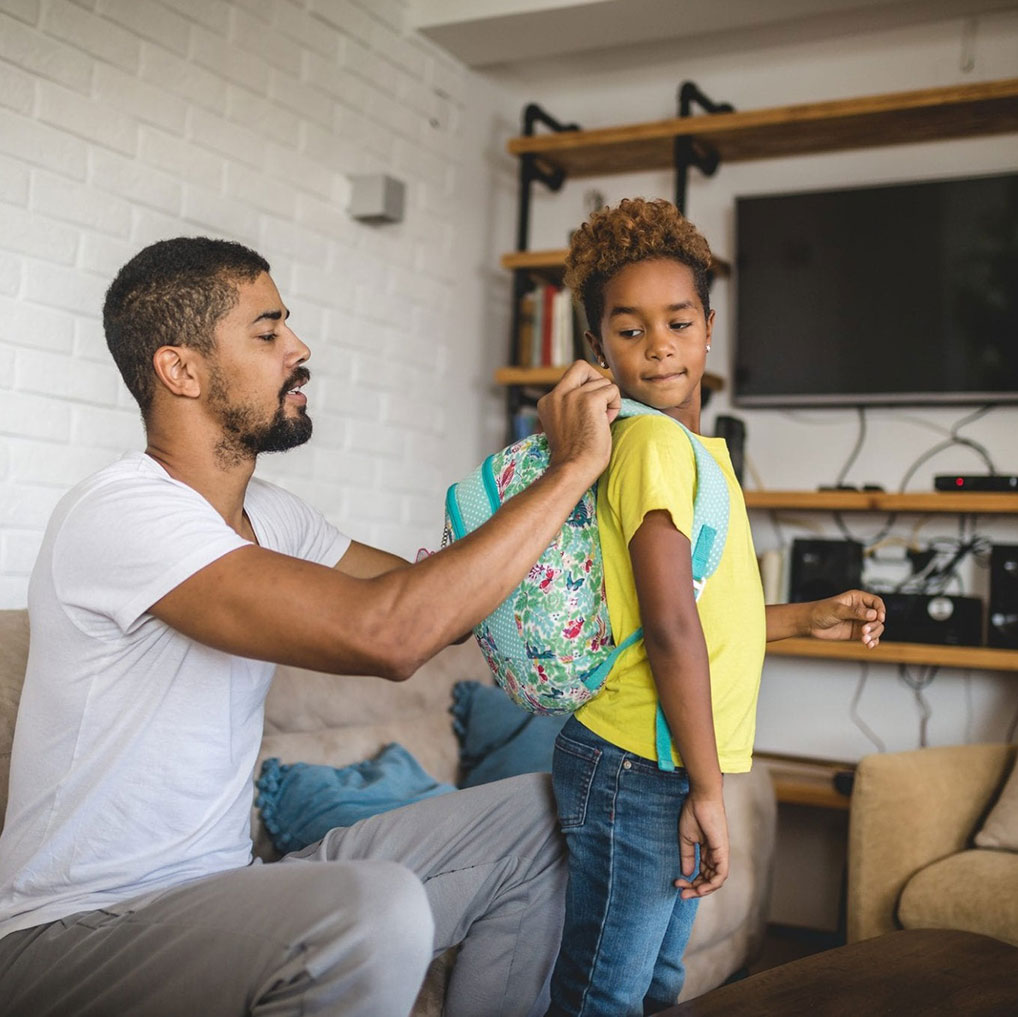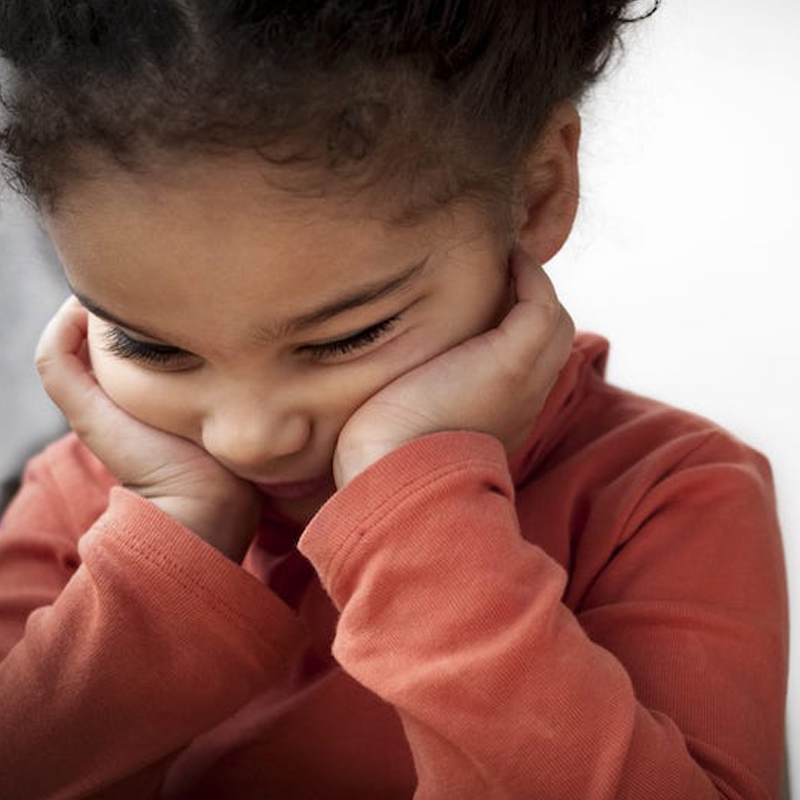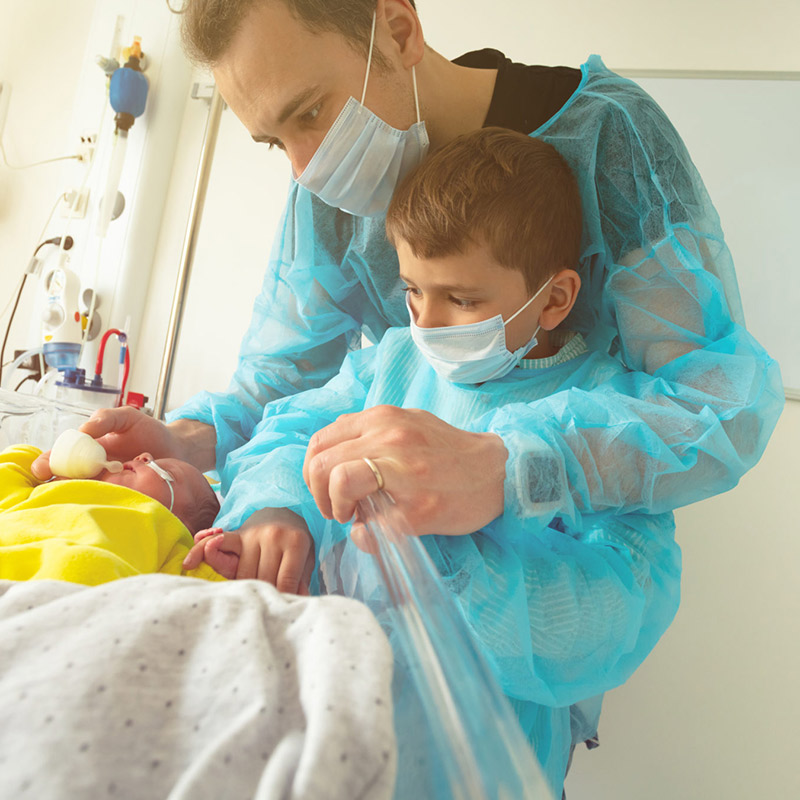4 Things To Consider When Returning to School Sports

September 21, 2020
Things are going to be different
Teams may be getting back to practice and competition, but there will be no high fives, fist bumps or hugs. Being a student athlete these days means playing it safe not only from the sports perspective, but also in terms of preventing the spread of COVID-19.
Ease back into playing
Studies show that more than 45 million children and adolescents participate in organized sports in the U.S. each year. It’s estimated that 3.5 million children under age 14 receive medical treatment for a sport-related injury each year.* Kids may be eager to get back to play, but they should do so in a careful manner.
“There is a chance your student athlete hasn’t focused on conditioning their body over the past several months,” says Paul Haynes, M.D., a pediatric orthopedic surgeon at Hackensack Meridian K. Hovnanian Children’s Hospital in Neptune. “The chance of injury increases if you push your body too hard. At least for this season, it’s recommended that your child focus on conditioning, not performance. You can limit the risk of injury by taking it a little slower as school and recreational sports ramp up.”
Reset for COVID-19
“There are tremendous benefits for youth participation in athletics,” says Amit Merchant, D.O., a pediatric orthopedic surgeon at Hackensack Meridian Joseph S. Sanzari Children’s Hospital in Hackensack. “Not only do kids develop favorable health habits like regular exercise, conditioning and stretching, nutrition and technique, but they also learn important social behaviors like sportsmanship and work ethic.”
With COVID-19 still a serious factor in all that we do, here are four things to consider for sports programs.
Plan, plan, plan. Your kid’s coaches and league officials should be well versed on COVID-19 information, as well as local and state regulations. They should appropriately stagger schedules, deal with any travel needs and manage possible contact with spectators, trainers, players or others.
Communications system. Things are changing quickly, so ensuring an effective way for parents, coaches and schools to communicate is crucial. Make sure there is a system in place for notifying the team or vice versa if there has been a potential exposure.
Understand the risk level. Different activities have a different risk level for spreading COVID-19. It is recommended that lower risk sports activities are used as much as possible, such as skill-building drills which can be completed in a spaced out, non-contact manner.
Everyone on the team has to do their part. From the student athletes, to coaches, parents and spectators, they all need to be aware of the best ways to reduce the risk and spread of COVID-19.
Reducing the risk of exposure and chance of spreading COVID-19 is important on and off the field. “It’s critical that athletes take precautions for their own health, and also take necessary steps to prevent bringing an infection back to the team,” says Dr. Haynes. “Limiting access to locker and training rooms, limiting spectators, conducting daily symptom monitoring and exposure history, and simply staying home when not feeling well are just a few things coaches and athletes can do as they return to sports.”
Return to play following COVID-19
If your child has a positive COVID-19 test, you should consult with your pediatrician before returning to sports activities. In addition to local government guidelines for management of symptoms including isolation and testing processes, athletes should have a medical assessment before starting a graduated return to play protocol (GRTP). Creating a plan with your pediatrician and child’s coach is an important step to gradually get your child back to their sport in a safe and careful manner.
Dr. Merchant notes, “These are very unique times, and families need to make decisions that they are most comfortable with. Understanding the risk level associated with various activities is an important part of the decision process.”
The material provided through HealthU is intended to be used as general information only and should not replace the advice of your physician. Always consult your physician for individual care.
Find a doctor near me
Is It a Cold or RSV?

RSV vs. Cold? Learn how to tell the difference and when to seek medical care for your child from Dr. Rappaport. Call 800-822-8905.
Relieving Pain From Heavy Backpacks

A backpack that is too heavy for your child can cause back pain. Our pediatric orthopedic experts share how to prevent this issue and alleviate pain.
Find a doctor near me

Why Kids Need Vitamin D Supplements in the Winter
Kids need vitamin D in winter. Learn why supplements are important for bone health and how much your child needs. Consult your doctor.

Can Magnets Help Correct Scoliosis?
Learning that your child has scoliosis can be daunting, but most cases can be corrected by non-surgical means.

What Makes a Child Tic?
Understand child tics? Dr. Khrizman explains causes, management, and when to seek help. Learn more and find support.

4 Ways You Can Help NICU Parents
Support NICU parents. Learn 4 ways to help from Joseph M. Sanzari Children's Hospital doctors. Offer practical and emotional support.
